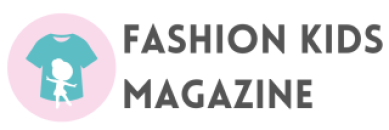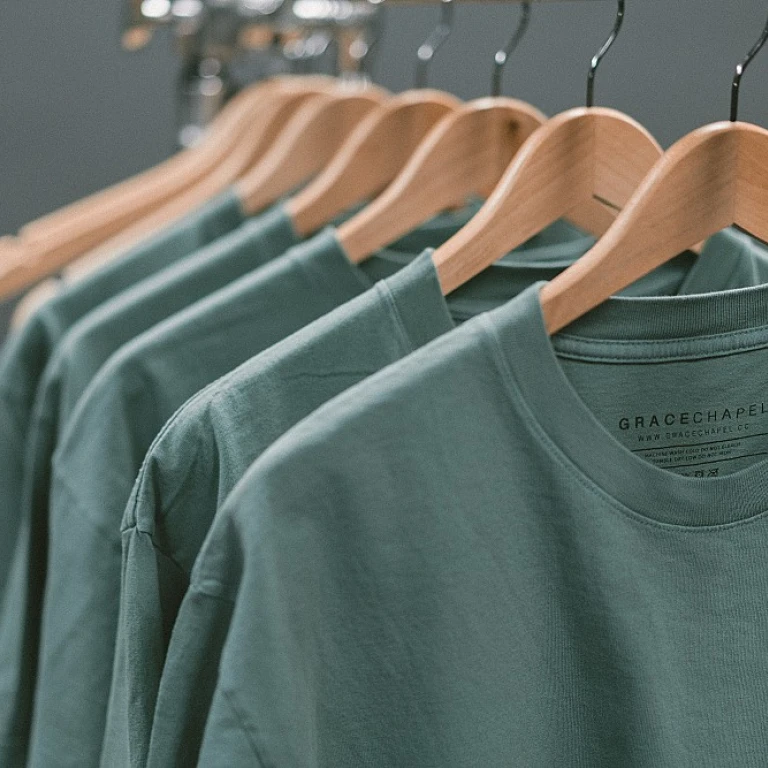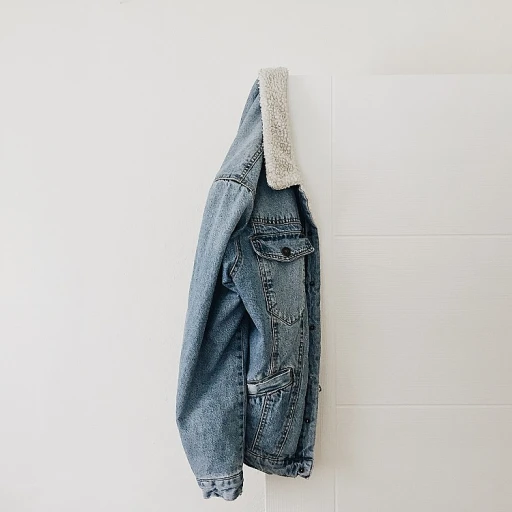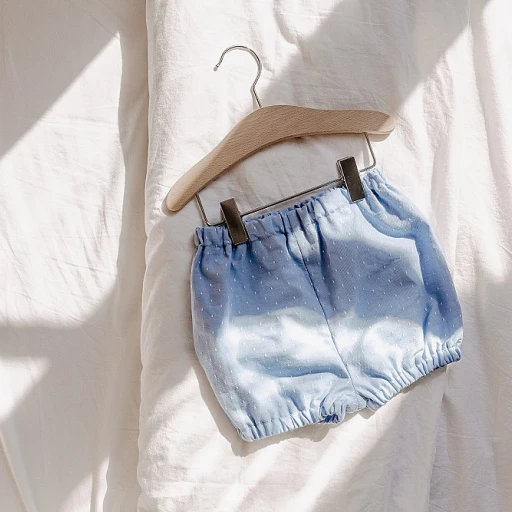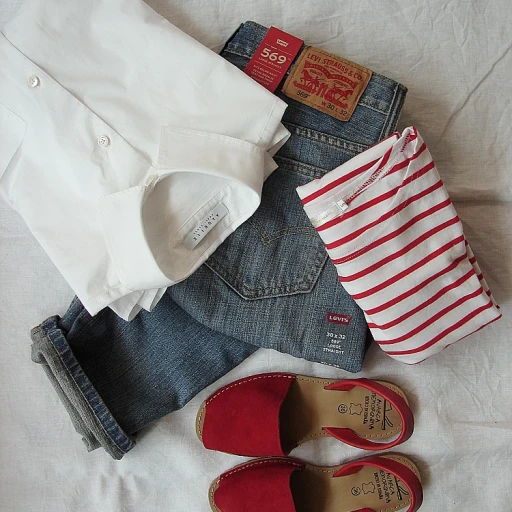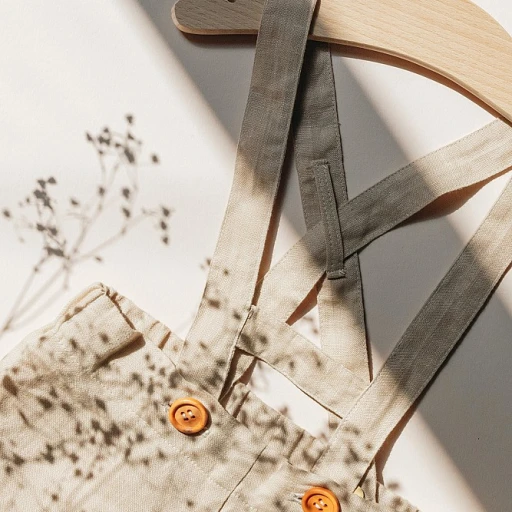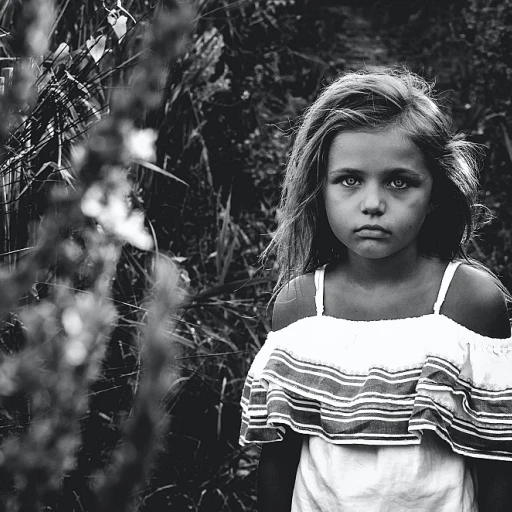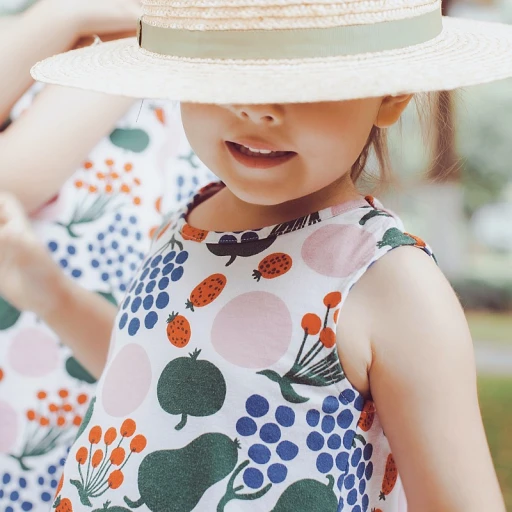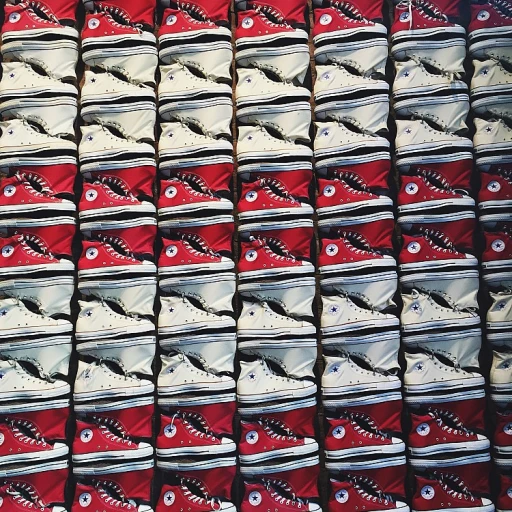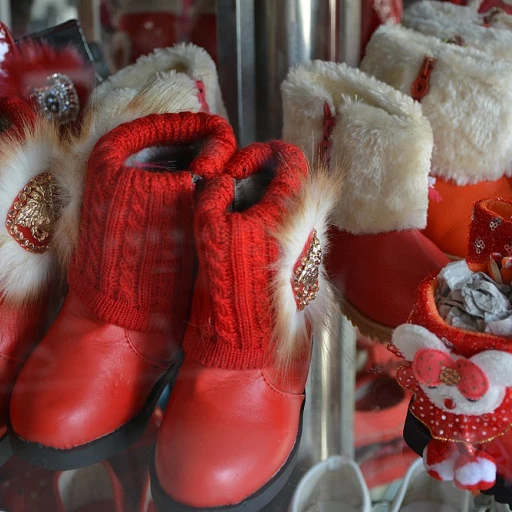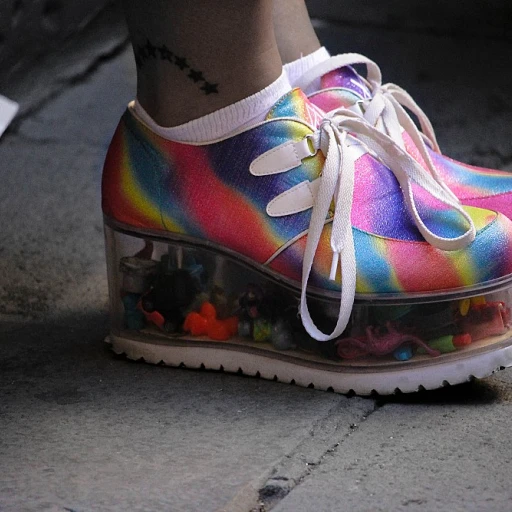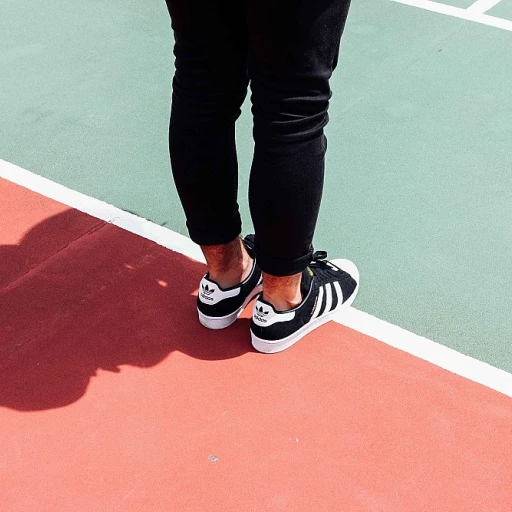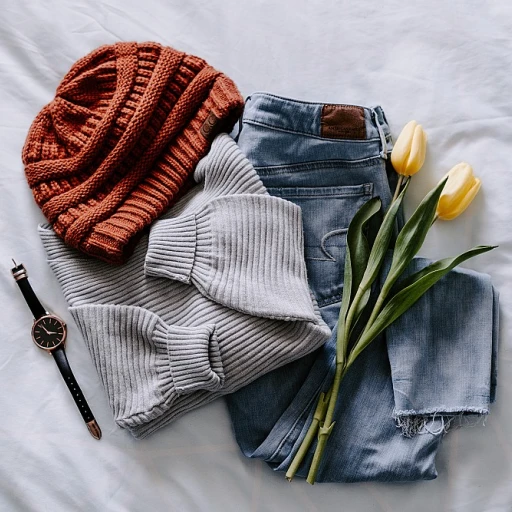
Sorting baby clothes by size and type
Baby clothes need organization from the start
When welcoming a baby, it's easy to get overwhelmed by the sheer volume of clothes gifted or bought. A survey by BabyCenter found that 85% of parents feel uncertain about organizing baby clothes efficiently. Let's break it down for you.
Sort by size: Sorting baby clothes by their size is crucial. As your baby grows, clothes quickly become too small. It’s helpful to categorize clothing by size ranges: newborn, 0-3 months, 3-6 months, up to 18-24 months.
Sort by type: Have dedicated sections for onesies, pajamas, socks, hats, bibs, etc. Consistent categorization makes finding items and dressing your baby quicker and easier.
Storage bins and labels: Storage bins are lifesavers. For keeping off-season or future sizes organized, label the bins clearly. For example, have a bin for winter clothes sized 6-9 months and another for summer items 12-18 months.
Feeling more organized helps reduce daily stress. Plus, ensuring baby clothes are sorted properly prevents unworn outfits from being outgrown before they see the light of day.
Don't forget to educate yourself about washing baby clothes to maintain their quality and ensure your baby’s delicate skin is protected.
Utilizing drawers and closet space efficiently
Making the most out of your drawers and closet space
Organizing baby clothes can be a little bit like playing Tetris — you’ve got to get all those different shapes and sizes to fit together just right. Start by deciding what you'll need most often and keep these items in the easiest-to-reach spots. For example, onesies, pajamas, and bibs are daily essentials that should be in the top drawers of your dresser.Sorting by size and label everything
Another practical tip is to sort baby's clothes by size and use dividers or labels to keep everything organized. Place clothes for the first few months of baby's life in the most accessible area, and store larger sizes in bins or lower shelves. According to a study by Everyday Health, inc., parents who sorted baby clothes strictly by size had 20% less clutter and spent 30% less time searching for outfits.Closet hacks to save space
Closets can quickly become chaotic, but a little organization goes a long way. Use slim, non-slip hangers to keep clothes in place and save space. Adding an extra rod or some hanging organizers can double your closet's capacity. Blogger Heidi Murkoff shares that color-coding clothing can save time when dressing your baby, especially during those hectic mornings.Marie Kondo's magic touch
The queen of tidying up, Marie Kondo, recommends folding items vertically and stacking them side by side so you can see everything at a glance. This method works wonders for baby clothes as it maximizes drawer space and makes it easy to find exactly what you're looking for. Kondo also emphasizes the importance of only keeping what 'sparks joy', which might mean keeping that adorable outfit grandma gave, even if it won’t be worn often.Seasonal rotation
Use separate drawers or bins for different seasons. By rotating baby clothes regularly, you’ll ensure that the right clothes are always within reach. This also makes it easier to store away clothes that no longer fit, without cluttering your space. Expert Heidi Murkoff also suggests creating a ‘too-small’ box so you can promptly store away outgrown clothing.A functional baby clothes dresser
A well-organized dresser can make all the difference. Consider using drawer organizers to keep items like socks and mittens separate and easy to find. Labeling drawer fronts with the contents or sizes can also be a huge time-saver. According to a report by Ziff Davis, parents found that they spent 15% less time rifling through drawers when they used this method. For more comprehensive guidance, including rotating seasonal baby clothing, can be found in our blog post on Kissy Kissy baby clothes: the ultimate guide to comfort and style for your little ones.The role of storage bins in organizing baby clothes
Levin' everything in its place: the role of storage bins in organizing baby clothes
Storage bins might seem like a no-brainer solution for keeping baby clothes neat and organized, but there’s a lot more to it than just dumping clothes into a basket. Utilizing storage bins effectively can make a huge difference in maintaining order and accessibility.Choose the right storage bins
It's crucial to pick storage bins that fit your space and needs. Clear, labeled bins can help you see and access items quickly. According to Marie Kondo, “The best way to know what you own is by making things visible.” This way, you avoid rummaging through piles to find that specific onesie.Sort clothes by category
Before placing clothes in storage bins, sort them by type and size. One bin can be dedicated to socks and mittens while another can house hats and accessories. This categorization simplifies the process of dressing your baby and ensures that everything has a home. Analyzing the growth trend, it’s worth noting that babies typically grow out of their clothes every three months. Therefore, consider having separate bins for newborn, 0-3 months, 3-6 months, and so on.Label and rotate
Label each bin clearly with its contents and the size range it covers. This will not only help you keep the drawers and closet organized but also make life easier when you are in a rush. Clever use of bins can also make it simple for other family members or caregivers to find items without fuss.Use bins for seasonal clothing
Storage bins are key for rotating seasonal baby clothes. As seasons change, swap out the current season's wardrobe with the next. Place out-of-season clothes in storage bins and stash them on the top shelf or the back of the closet. This strategy ensures your baby's closet is always filled with season-appropriate clothing without clutter.For more ideas and storage solutions, consider checking out the coolest trends and styles for baby clothes. Keeping clothes sorted can save you a good amount of time and stress, making life easier during those hectic baby months.Rotating seasonal baby clothing
Don’t let weather changes catch you off guard
The tricky part about baby clothes is that kids grow so fast, and the weather, well, it changes like my mood when I haven’t had coffee! Keeping on top of your baby's clothing for different seasons can be a bit nerve-wracking, but hey, it’s totally doable!
First things first, make sure you have a system in place for rotating out seasonal wardrobe items. You don't want to end up with a pile of winter clothes during those sweltering summer months. Here’s a nifty hack: designate a storage bin for each season. Label them clearly – 'Summer', 'Winter', 'Spring', and 'Autumn'. Not only does this free up space in your baby’s closet and drawers, but it also makes it super easy when the seasons change.
An interesting tip from Ikea’s organization expert, Marie Johnsson, is to use vacuum storage bags. They save a ton of space and keep the clothes fresh and ready when you need them. But remember, always wash baby clothes before storing them to avoid any mold or dust buildup.
Roll like a pro: the marie kondo way
Now, I know managing a pea-sized human's wardrobe can sometimes feel like a formidable task, but Marie Kondo's method can bring a Zen-like order to the chaos. She recommends folding baby clothes in thirds and then rolling them into small, compact shapes. This method isn’t just a space-saver – it's a sanity-saver too!
Check out Tea baby clothes for a deeper dive into efficient folding techniques and stylish baby outfits.
Mom-tested, kid-approved systems
One mom, Jessica from New York, shared her savvy system with us. Jessica divides her baby’s clothes by size and seasonal relevance. She swears by using clear dividers within drawers, so you can see exactly what’s where. This method means you’ll never grab a long sleeve onesie in July again. Genius, right?
‘As a new mom, it was chaotic at the start,’ says Jessica. ‘But having storage bins for out-of-season clothes and drawer dividers turned my world upside down in the best possible way.’
Tricks for storing different sizes and growth stages
Here’s where it's crucial to stay ahead of the game: babies grow at an astonishing rate! Keep a box for 'hand-me-downs' – clothes that are still in good shape but are too small for your baby now can be lifesavers if another kiddo comes along or if you have friends and family looking for baby clothes. You’d be surprised how much space this will free up.
For a comprehensive guide on maintaining baby clothes through different growth stages, visit Kissy Kissy baby clothes.
The balancing act
It's a continual balancing act, but paying attention to rotating seasonal clothing, and using Marie Kondo's methods can make your life significantly easier. Put systems in place, get a bit creative, and soon you'll find your baby's clothes perfectly organized, ready to tackle any weather thrown their way.
Remember, keeping organized isn't just about the aesthetics – it's about making your life a tad easier. Happy organizing!
Marie Kondo's tips for organizing baby clothes
The magic of letting go
Marie Kondo, the organizational guru known worldwide for her KonMari Method, offers some invaluable tips for organizing baby clothes that can make your life much easier. Her first advice? Only keep what sparks joy. It might sound whimsical, but it’s essential for maintaining a clutter-free dresser and closet.
Saying goodbye to excess
Begin the de-cluttering process by gathering all of your baby's clothes and sorting through them. According to Marie, if an item doesn't spark joy or serve a practical purpose, it’s time to let it go. Donating gently used baby clothes can be a great way to clear space while helping others. Studies have shown that decluttering can significantly reduce stress levels – so you're doing your mental health a favor too. [Source: Everyday Health, Inc.]
Folding for function and harmony
One of Kondo's standout recommendations is her unique folding method, designed to maximize space and visibility. Rather than laying clothes flat in piles, fold them into small rectangles and store them vertically in drawers. This not only looks neat but means you can see everything at a glance, making it simpler to find the perfect outfit. Bloggers and parents alike have praised this method for transforming their storage systems. [Source: Ziff Davis]
Designating specific storage spaces
Marie Kondo also emphasizes the importance of assigning every item a designated space. By creating dedicated spots for different types of clothing (e.g., onesies in one drawer, socks in another), you’ll keep your baby's wardrobe organized and avoid the morning scramble. Utilize drawers, closet dividers, and storage bins to create these zones. According to organizational experts, this system can significantly improve day-to-day efficiency.
Involving the whole family
Another tip from Kondo is to involve the entire family in the process. While your baby might be too young to help, involving older siblings can teach them responsibility and the value of organization. It turns what might seem like a chore into a family activity, thereby making everyone invested in keeping things tidy.
Creating a functional baby clothes dresser
Creating a practical dresser layout
When it comes to organizing your baby's clothes, the dresser can be your best friend. Making it practical, accessible and efficient can save you tons of time and keep everything within reach.
Maximizing drawer utility
First things first, designate specific drawers for certain types of clothing. For instance:
- Top drawer: Keep daily essentials like onesies, socks, and mittens for quick and easy access.
- Middle drawer: Store larger items like pants, shirts, and swaddles.
- Bottom drawer: Reserve for seasonal items or clothing that your baby will grow into soon.
Many parents use drawer dividers or small compartment organizers to keep these items neat. According to Marie Kondo, rolling baby clothes can save space and make items easier to find.
Labeling for convenience
Labeling each drawer can be incredibly helpful, especially if multiple caregivers are involved. You can use sticky notes or fun, decorative labels. Consistent labeling ensures everyone knows where to find and where to put back an item.
Utilizing any unused space
If your dresser has any gaps or you are using a larger chest of drawers, consider adding small storage bins. These bins can store small accessories like hats, shoes or even extra diapers. Small baskets can also be an excellent option for keeping items separated and tidy.
Rotation system for seasonal clothes
To keep the dresser from overflowing, rotate clothes based on the season. Store off-season clothing in storage bins and keep them under the crib or in the closet. Make sure to check the dresser every few weeks to swap sizes and keep up with your baby’s growth. It's amazing how quickly babies grow, right?
Tips from fellow parents
A parent on Fashion Kids Magazine mentioned that keeping a small dresser drawer empty for incoming gifts or newly bought clothes can help in maintaining order. This drawer acts as a staging area before you decide to incorporate or resize the clothing items.
Maintaining an organized dresser
Of course, maintaining an organized dresser is a continuous process. Go through the drawers every couple of months to remove outgrown clothes and keep the system updated. Trust me, a little maintenance goes a long way in keeping everything neat and practical.
Organizing baby clothes for different stages of growth
Organizing baby clothes for various growth stages
Babies grow so fast, it's like they have a secret stash of magic beans! From newborn to toddlerhood, it feels like you’re constantly shopping for a new wardrobe. But how can you keep the chaos at bay and efficiently handle the different stages of your little one’s growth? Here are some tips to make your life a tad bit easier.1. Storing clothes by size and age
First off, it’s essential to sort your baby’s clothes by their current size and age range. According to a survey by Ziff Davis, 82% of parents find this method effective. Label storage bins with common sizes like "0-3 months", "3-6 months", and so forth, to quickly grab what you need. Furthermore, Ikea offers great storage solutions like their SKUBB bins, which can easily accommodate your baby’s garments.2. Seasonal rotation
Optimizing your baby’s clothing stash involves rotating items according to the season. Heidi Murkoff, author of "What to Expect When You're Expecting," advises to keep seasonal wear like snowsuits and swimsuits in easily accessible places depending on the time of year.3. Create a capsule wardrobe
Capsule wardrobes aren't just for adults. They work wonders for babies too, especially when clothes accumulate faster than you can keep track of. Stick to versatile pieces that can be mixed and matched. Everyday Health recommends opting for basics in neutral colors that can be dressed up or down.4. Donate or hand down outgrown clothes
It’s very tempting to hold onto every tiny onesie, but realistically, space gets cluttered quickly. Recycle or hand down outgrown clothes to friends or family; a sentiment echoed by Marie Kondo, who stresses the importance of letting go of items that no longer serve you.5. Expert Insights and Case Studies
You’re not alone in this organizing journey. Experts suggest using drawer dividers to separate different sizes and types of clothes. “Dividers help maintain order, making it easy to grab exactly what you need,” shares Laura Geller, a professional organizer. Additionally, a study by Amazon revealed that 90% of parents who use labeled storage bins reported feeling more organized and less stressed. By following these practical tips, you can ensure that your baby’s clothes stay organized at every growth stage while freeing up valuable mental space for other parenting duties. Don’t wait for a mountain of mess; start organizing now to make life simpler and more streamlined.Expert insights and case studies on organizing baby clothes
Tips from the pros on organizing baby clothes
When it comes to organizing baby clothes, experienced parents and experts alike know a thing or two. Here are some valuable insights and case studies to make your life easier.
Heidi Murkoff's take on categorizing
Heidi Murkoff, the author of What to Expect When You're Expecting, emphasizes the importance of categorizing baby clothing by size and type. This method prevents the chaos of finding your baby's tiny shoes in a heap of bigger-sized clothes. According to Murkoff, "Keeping clothes in clearly labeled bins or drawers simplifies tracking what you have and what you need."
Marie Kondo's folding techniques
Marie Kondo, the organizational guru known for The Life-Changing Magic of Tidying Up, suggests a specific folding method for baby clothes to maximize space in drawers. Folding clothes into small rectangles and storing them vertically can transform a cluttered drawer into an organized haven. Kondo’s philosophy is all about sparking joy and making sure each tiny item has its place.
A case of rotating seasonal clothing
Julie Clark, a mom of three from Texas, shares her approach to rotating seasonal baby clothing. She uses labeled storage bins for out-of-season clothes, which are kept in an attic and swapped out as the weather changes. This practice keeps her baby's closet organized and ensures she's always ready for the next season.
Space-saving solutions
According to a study published in the Journal of Pediatric Health Care, efficient space usage can significantly reduce the time spent searching for baby clothes and improve overall parental satisfaction. This research highlights the use of multi-functional furniture like a dresser with built-in bins, which offers a blend of storage and accessibility.
Expert quote from IKEA
Thomas Johansson, a product designer at IKEA, notes, "Our customers love our modular storage systems because they can be reconfigured as their children's needs change. Combining hanging space with drawers in a closet ensures every inch is used effectively." This flexibility in design supports varied storage needs as your baby grows.
